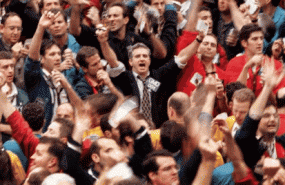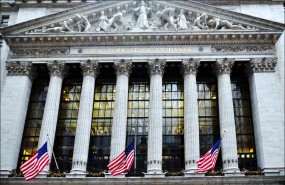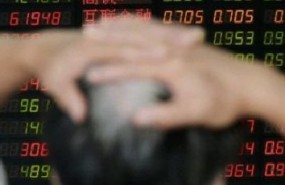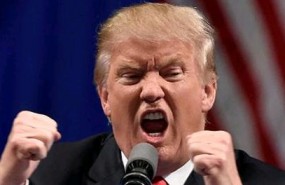Wall Street hits Europe: the Ibex falls 1.7% and marks new annual minimums
The New York Stock Exchange registers high volatility today after its 'black Wednesday'
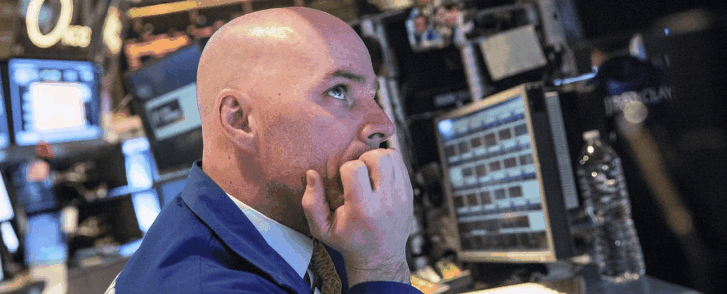
Wall Street fell hard on Wednesday and all European stock exchanges followed suit today. In the case of the Ftse 100 in London, close to 2%. The Stock Exchange of New York yesterday lived a true 'black Wednesday', closing with cuts of 3% in the Dow Jones and of 4% in the Nasdaq. This has caused a setback in Asia and then in Europe.
IBEX 35
11.473,900
-
0,33%38,20
- Max: 11.485,70
- Min: 11.446,20
- Volume: -
- MM 200 : 11.299,24
The New York Stock Exchange is living this Thursday a volatile day and with nervousness among investors. It has opened with a mixed sign and at times has managed to register soft gains in its three main indexes. These moments of 'fleeting happiness' have caused the European stock markets to cut their falls instantaneously. However, the falls in the United States have been imposed towards the end of the session in Europe, and the indices of the Old Continent have finally deepened their losses.
NEW ANNUAL MINIMUM ON THE IBEX
In this way, the Ibex 35 closed the session with a fall of 1.69%, to 9,007.9 points. Thus, it has set a new annual closing minimum for the second consecutive day. But not only that, since it has also set a new annual intraday minimum at 8,970.8 points (until today, it stood at 9,111 points).
Thus, few values have managed to end this session of generalized losses in positive. The gains were led by Grifols (+ 0.64%), which has been rising thanks to an improvement of Berenberg. They were followed by Cellnex Telecom (+ 0.33%) and Meliá Hotels (+ 0.22%). Técnicas Reunidas has finished flat.
At times, they have also tried to come to the rescue of the Ibex large securities such as BBVA, Telefonica and Inditex, but have finally ceded to red, as practically the rest of the index values. Among them, also Repsol, which has left 3.7% on a day in which the figure also falls with desire. However, the falls of this session have been led by Endesa (-4.49%), Acciona ( -4.36%) and Naturgy (-4.06%).
TECHNICAL ANALYSIS
José María Rodríguez, technical analyst of Bolsamanía said the Ibex marked: "Levels that were not seen since the end of 2016. How far can it continue to fall? As far as it wants. This is not in our hands, but in the hands of Wall Street, as always."
"As I like to say, when Wall Street sneezes the rest of the world catches the flu." That said, we no longer have any support until the area of approximately 8,800 points, a reference that results from joining the 2012 and 2016 minimums. , on the resistance side, the most immediate is in the bearish hole of this Thursday, at 9,163 points.
"We still have half the session ahead on Wall Street, but if we close this way, the S & P 500 and the Nasdaq 100 would be drilling the daily MM200. It would not be the first time it is drilled (intraday) throughout this year. Let's see what the closing of the session holds, but closing clearly below would be a worrying signal not seen in a while ", concludes the technical analyst.
END OF THE BULL CYCLE?
Faced with what is happening, the eternal debate about whether the market is at the gates of the end of the bullish cycle or just experiencing a simple correction returns to take force. Eduardo Bolinches, an independent analyst, believes that it is the moment of the crash and that the money is now going to fixed income. The analysts of 'Bolsamania', meanwhile, warns that in addition to falls we are in a moment of great volatility.
Nothing specific has happened to justify this setback, but it is true that there are many factors that contribute to the falls. The president of the United States, Donald Trump, saying that the Federal Reserve (Fed) "has gone loco" is one of them. In fact, the dollar registered its biggest decline in eight months after these words.
Experts explain that the combination of an increase in bond yields and the resumption of trade wars worries "unstable" stock markets. It takes time questioning a bull market that many consider already exhausted.
"The bloodbath of global equities takes place as investors adjust to a world of interest rates and yields on the highest US bonds, as concerns about an increase in interest rates increase. slows growth, investors are developing their trading strategies accordingly, "says Jasper Lawler, an expert at the London Capital Group.
POLITICAL INSTABILITY
Finally, in the midst of all this, of course, is political instability. The United States faces a very important election next month and there are elections in the German region of Bavaria this Sunday (attention to the possibility that Angela Merkel has to face a new crisis). In addition, Italy keeps investors in suspense with their budgets and the more than expected 'no' from Brussels. The rating agencies will decide on the country shortly. JP Morgan has stated that it is "obvious" that Moody's will cut Italy's rating.
Regarding the data of this day, today the most important reference has been the Consumer Price Index (CPI) for September in the United States: it has slowed to 2.3% in September, better than expected. In Spain, the CPI in September climbed to 2.3% due to the rise in the price of electricity.
